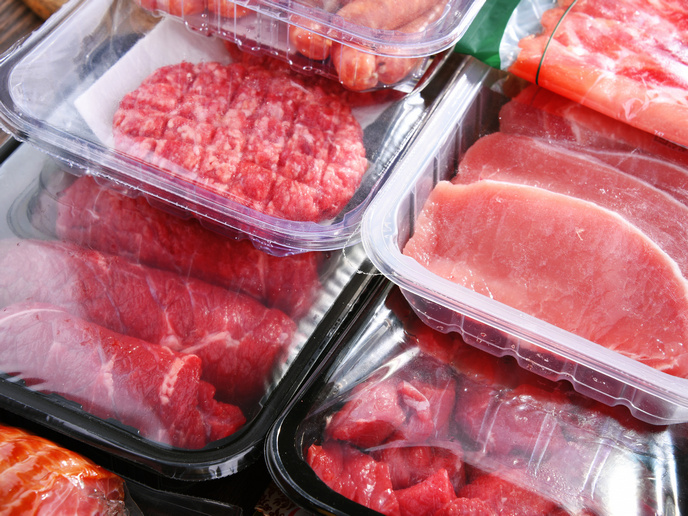The science of droplets
The EU-funded project NONFLATIMPINGEMENT (Droplet impingement on non-flat surfaces) performed numerical modelling of the interaction of liquid droplets impinging on non-flat surfaces. This research represents an important advancement relative to earlier theoretical and numerical studies, which were limited to flat surfaces. Initially, the project team used the commercial package ANSYS Fluent, a comprehensive suite of computational fluid dynamics software for modelling fluid flow. They selected what is known as the volume of fluid method as the most appropriate for numerical simulations of the droplets' flow between two immiscible fluids. This method involves the solution of Navier-Stokes equations for both mass and momentum transport in addition to the advection of a scalar quantity named volume fraction. Numerical simulations captured the liquid-air interface behaviour with the use of a grid refinement technique enabling accurate predictions in the area of interest. During the course of the project, standard models applicable under the conditions of fluid catalytic cracking, a common conversion process in petroleum refineries, were further enriched. Dynamic contact angle models and the newly developed wetting force model were incorporated to improve numerical modelling of the solid-liquid interaction. Project researchers validated the robustness of the new approach against previously reported modelling results as well as experimental data. Fundamental mechanisms governing the droplet spreading dynamics over both hydrophilic and hydrophobic non-flat surfaces were established as well as the synergistic effects of processing parameters. The numerical model developed within NONFLATIMPINGEMENT proved to be able to simulate real-world phenomena and contribute to the extraction of valuable information for petroleum refinery operations. In particular, the conversion of high-molecular-weight fractions of crude oils to gasoline and other products could benefit from the insights gained.
Keywords
Liquid droplets, droplet impingement, non-flat surfaces, NONFLATIMPINGEMENT, petroleum refineries, catalysis, FCC







